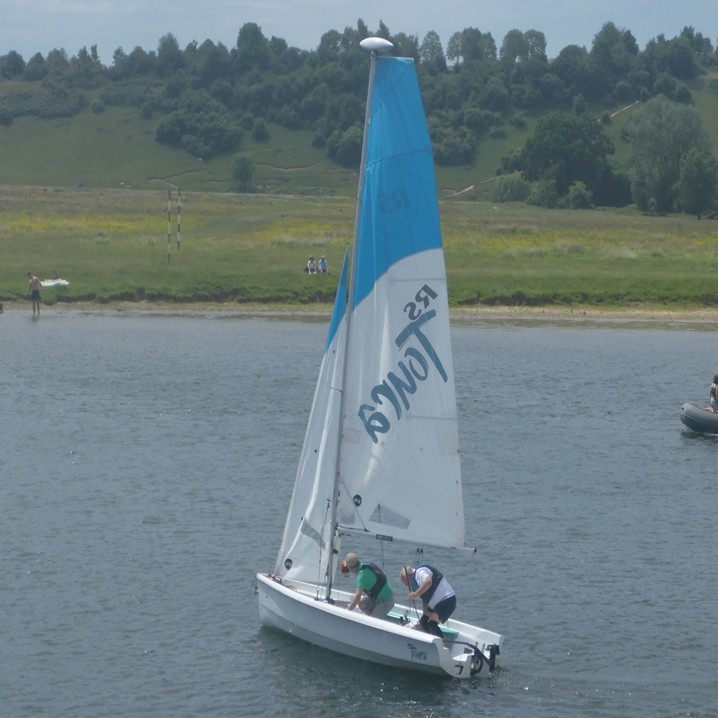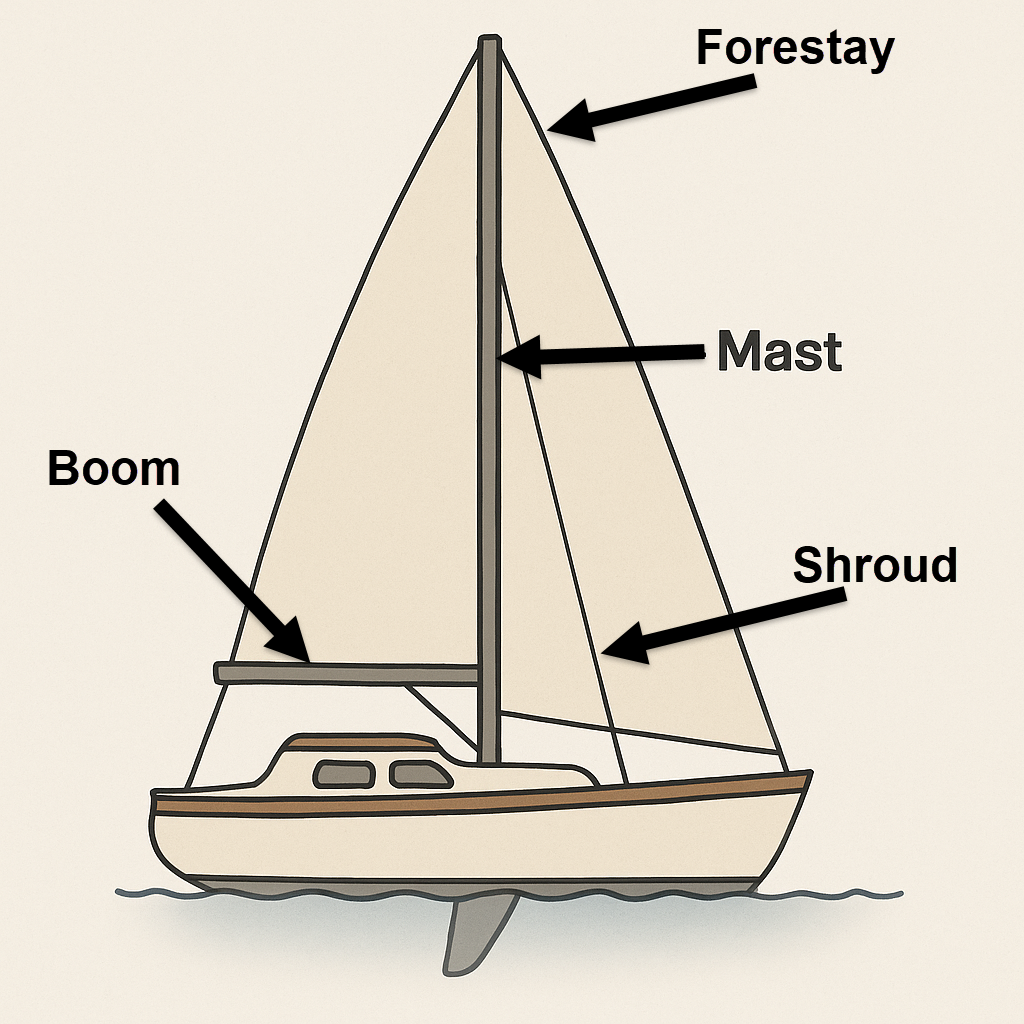Mast: The Vertical Pole that Supports the Sails
Definition: The mast is a vertical pole on a boat that supports the sails. It is one of the key components of a sailboat's rigging.
Understanding the Mast:
In sailing, the mast is essential for holding up the sails and enabling the boat to harness the wind's power. The mast is typically positioned near the centre of the boat and extends upwards, providing a high point from which sails can be set.
Applications in Sailing:
Sail Support:
The mast supports the mainsail and often the forestay, which holds the jib or genoa. Its height allows for a larger sail area, which can catch more wind.
Rigging Attachment:
Various components of the standing and running rigging, such as shrouds, stays, and halyards, are attached to the mast. These help in supporting the mast and controlling the sails.
Navigation:
The mast can also serve as a mounting point for navigation lights, antennas, and other equipment.
Examples of Usage:
"Raise the mainsail up the mast using the halyard."
"The mast needs to be inspected for any signs of wear or damage."
"Adjust the tension on the shrouds to ensure the mast is properly supported."
Visual Representation:
Image Description: Diagram of a sailboat showing the mast extending vertically from the deck.
Importance in Sailing:
The mast is a fundamental component of the sailboat's rigging. It plays a critical role in sail deployment and overall boat performance. Proper maintenance and understanding of the mast are crucial for safe and effective sailing.
Related Terms:
Boom:
The horizontal pole that extends from the bottom of the mast, holding the foot of the sail.
Forestay:
The wire or rod that runs from the top of the mast to the bow, providing forward support.
Backstay:
The wire or rod that runs from the top of the mast to the stern, providing aft support.
Shroud:
The wires or rods that provide lateral support to the mast.
Conclusion:
The mast is a vital part of any sailboat, providing the necessary support for the sails and serving as a central element of the boat's rigging. Understanding its function and maintaining it properly are key to ensuring optimal sailing performance and safety.

